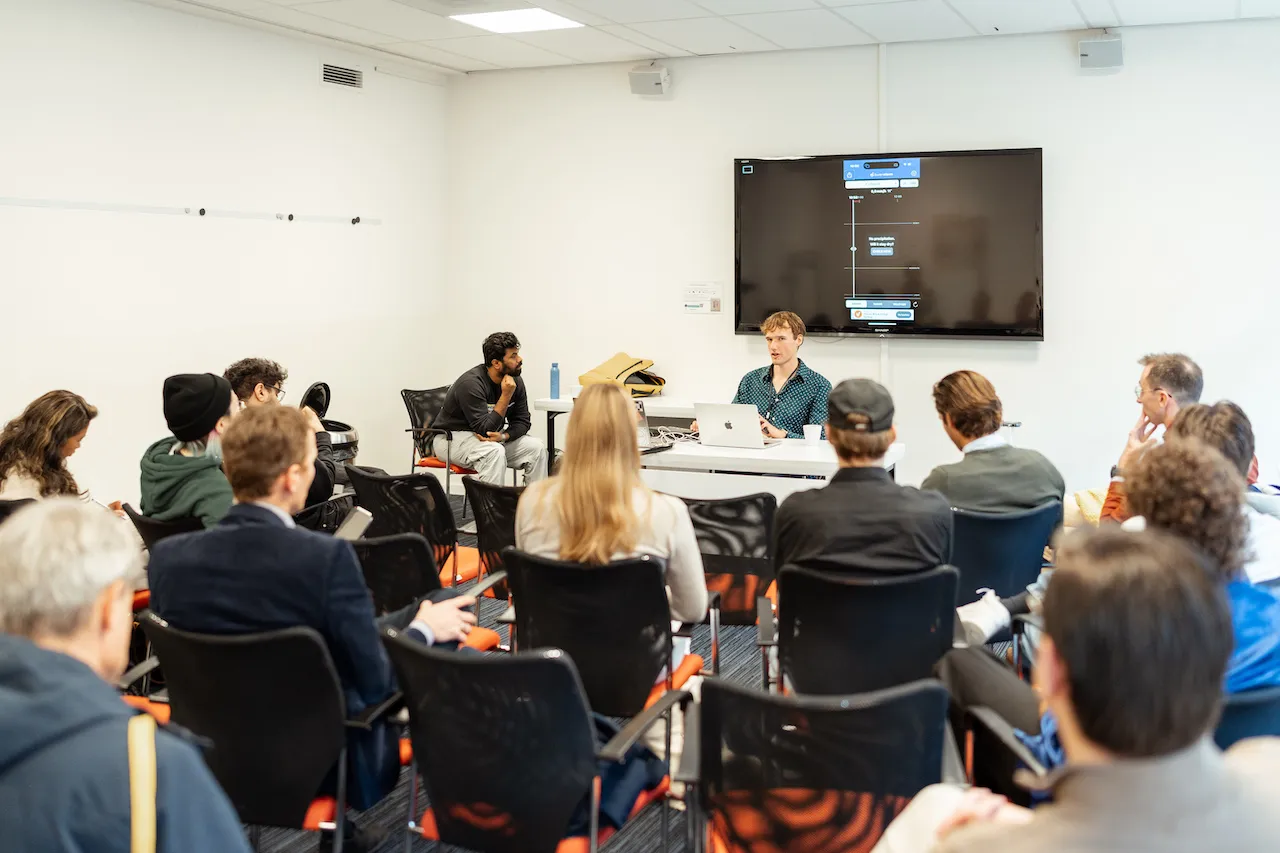Mastering Non-Visual Accessibility in Apps: A Guide for UX Designers, Developers, and Users
Check out these valuable tips.

The world of app development is evolving to embrace inclusivity, where accessibility is not just a feature but a fundamental aspect of design. This was the central theme of the App Accessibility Workshop led by Jesse Wienholts, an expert in user experience and accessibility from Koninklijke Visio, at the Inclusive Innovations 2023 event.

This workshop aimed to empower a diverse audience, including users, developers, and designers, with the skills to navigate and create apps that cater to non-visual accessibility needs.
Understanding Accessibility's Importance
Accessibility goes beyond mere compliance; it's about creating an environment where all users, irrespective of their abilities, can benefit from technology. This includes people with permanent disabilities, those with temporary impairments, and even users who might benefit from an enhanced user experience. Implementing features like Apple's VoiceOver and Android's TalkBack is crucial for screen reader accessibility, and this integration helps apps function in harmony with various operating systems.
Tackling Poor App Design
Inadequate design choices can significantly hinder the usability of an app for non-visual users. Wienholts emphasized the importance of understanding users' experiences with bad design and how alternative solutions, such as the Envision App, can compensate. This app, for instance, utilizes AI for screen recognition, helping users navigate through apps that lack inherent accessibility features.
Advocating for Good Design
Good design isn't just about aesthetics; it's about usability and integration. It encourages more user engagement and results in cleaner, more efficient code. For developers, this means adopting native code and familiar design patterns that are inherently more accessible. Such an approach not only fulfills ethical responsibilities but also taps into the broader market of the blind and low-vision community.
Practical Advice for Users and Developers
For Users:
Engage with apps that use advanced screen reader features and AI integrations. Choose the right combination of device and screen reader to enhance your experience. Utilize haptic feedback and AI features to navigate apps more effectively.
For Developers:
Invest time in learning about accessibility. Implement native code and integrate screen reader capabilities thoroughly. Use haptic feedback to enhance user interaction, and test your app rigorously with screen readers to ensure compatibility. Interacting with real users and iterating based on feedback can significantly improve the accessibility of your app.
Conclusion
Building an accessible app is an ongoing process that requires a commitment to inclusivity at every design and development stage. With the right approach and tools, we can create a digital world that is accessible to all, offering equal opportunities for interaction and engagement.
As we continue to push the boundaries of what's possible in app development, let's commit to making accessibility a core component of our design and development process. By doing so, we can ensure that our digital products are not only innovative but also inclusive, catering to the diverse needs of our global community.







%201.svg)